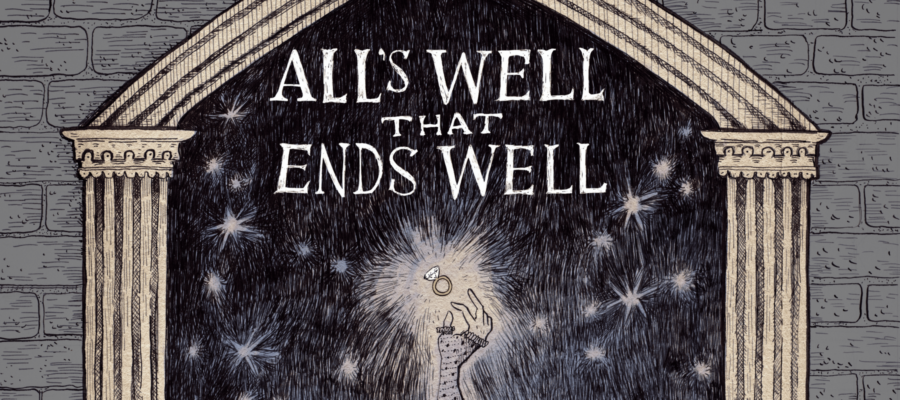Arshad Mahmood Awan
Writing a research article is not merely stringing words together; it’s an intricate dance of thought, evidence, and perspective. Like a jeweler meticulously setting facets into a gem, each element – from historical context to language clarity – contributes to the article’s brilliance and impact. Let’s delve into the critical perspectives that illuminate this process, and why each plays a vital role in crafting a captivating piece.
Through the Lens of History: Every research question emerges within a temporal tapestry. Understanding the historical context – past research, prevailing debates, and evolving methodologies – grounds your work. It allows you to identify gaps, build upon existing knowledge, and offer fresh insights that resonate with the current academic landscape. By weaving historical threads into your narrative, you demonstrate intellectual depth and ensure your research contributes meaningfully to the ongoing scholarly conversation.
Cultural Compass: Research doesn’t exist in a vacuum. Cultural nuances shape research questions, data interpretation, and even the language used. Examining your topic through a cultural lens helps you navigate potential biases, acknowledge diverse perspectives, and ensure your findings are relevant and meaningful across broader contexts. This cross-cultural awareness adds richness and depth to your analysis, demonstrating sensitivity to the complex tapestry of human experiences.
Political Prism: Power dynamics and political realities often influence research agendas, funding opportunities, and even the dissemination of knowledge. Recognizing the political landscape surrounding your topic allows you to critically analyze your own positionality within it, address potential limitations, and present findings in a way that acknowledges the interplay of power and knowledge. This political awareness ensures your research engages not just with academic inquiry but also with the broader social and political realities that shape our world.
Administrative Eyeglass: Research projects rarely exist in isolation. Understanding the administrative structures, funding mechanisms, and institutional regulations that govern your work equips you to navigate logistical challenges, ensure ethical compliance, and communicate effectively with stakeholders. This administrative acuity ensures your research operates smoothly, ethically, and with a clear understanding of the systems that support it.
Comparative Kaleidoscope: Juxtaposing your findings with existing research from other disciplines, geographical contexts, or theoretical frameworks enriches your analysis and reveals hidden connections. Comparative analysis allows you to identify similarities and differences, test the generalizability of your findings, and contribute to building broader interdisciplinary understanding. This constant dialogue with other fields strengthens your research, pushes the boundaries of knowledge, and opens doors to unexpected insights.
Technological Telescope: In today’s world, technology is not just a tool; it’s a lens through which we understand and investigate the world. Recognizing the role of technology in your research, whether it’s data collection methods, analysis tools, or dissemination platforms, allows you to utilize its potential while critically assessing its limitations and biases. This technological awareness ensures your research stays relevant in a rapidly evolving landscape and leverages available tools to their fullest potential.
Reasoning’s Guiding Light: At the heart of any compelling research article lies sound reasoning. Each step, from formulating the research question to interpreting data and drawing conclusions, must be guided by strong logical arguments. Presenting your reasoning transparently, laying out evidence step-by-step, and addressing potential counter-arguments builds trust with your readers and strengthens the foundation of your research.
Analysis’s Keen Blade: Data alone is not knowledge. It’s through rigorous analysis that patterns emerge, connections are made, and meaning is extracted. Mastering various analytical techniques and applying them critically allows you to interpret your data with nuance and depth, revealing its true power to contribute to knowledge creation. This analytical prowess distinguishes a mere description of findings from a meaningful contribution to the field.
Comparison’s Sharpening Stone: Knowledge thrives on dialogue. Comparing your findings with existing research, alternative interpretations, or opposing viewpoints sharpens your arguments and deepens your understanding. Engaging in this intellectual discourse forces you to refine your claims, address limitations, and strengthen your overall presentation. This willingness to compare and contrast not only demonstrates intellectual rigor but also contributes to the advancement of knowledge through healthy academic debate.
Language’s Precise Chisel: Words are the paint with which you color your research. Choosing them carefully, crafting sentences with clarity and precision, and ensuring a logical flow of ideas are essential for effective communication. Clear, concise, and jargon-free language allows your research to reach a wider audience, engage different perspectives, and maximize its impact. This linguistic craftsmanship transforms knowledge into accessible and impactful scholarship.
Simplicity’s Unveiling Light: In a world of complex ideas, the power of simplicity is often underestimated. Striving for clear, concise, and well-structured paragraphs allows your readers to navigate your arguments without getting lost in a labyrinth of jargon and excessive detail. This commitment to simplicity not only enhances readability but also reveals the elegance and clarity inherent in your research.
Coherence’s Unifying Thread: Each paragraph, each section, and each sentence within your research article exists in a delicate web of interconnectedness. Coherence and construction of the theme and conclusion through subsequent paragraphs are critical.
- Coherent Paragraphs and Logical Conclusions: Each paragraph should be a building block, leading seamlessly to the next and ultimately forming a cohesive argument. Transitions and logical flow are key to guiding your reader through your research journey. Conclude by summarizing your key findings, offering meaningful interpretations, and outlining potential future research directions.
- Actionable Recommendations: Research should not simply exist in an ivory tower. Translate your findings into actionable recommendations that address real-world challenges or inform policy decisions. This demonstrates the practical value of your research and enhances its impact on the wider world.
Writing a research article is not a linear process; it’s an iterative dance between exploration, analysis, and refinement. By embracing diverse perspectives, mastering the fundamentals of clear thinking and effective communication, and translating your findings into meaningful recommendations, you can transform your research into a compelling and impactful contribution to your field. Remember, your research is not just about adding another brick to the wall of knowledge; it’s about illuminating a path towards a deeper understanding of the world around us.
Please email editor@republicpolicy.com for details.
Please, subscribe to the YouTube channel of republicpolicy.com















